
the Resolution Professional could have included their claims as liabilities to the Corporate Debtor in the Information Memorandum created in accordance with Regulation 36 of the Corporate Insolvency Resolution Process (CIRP) Regulations.

The resolution professional (RP), appointed under the Code, is at the heart of these endeavors and has the mandate to complete this process in a time-bound manner.
Securities and Exchange Board of India (SEBI) is working on the guidelines for insolvency resolution professionals under the capital market norms so the recently introduced Bankruptcy & Insolvency Code is implemented better. The new guidelines will be issued this year. Source: Times of India
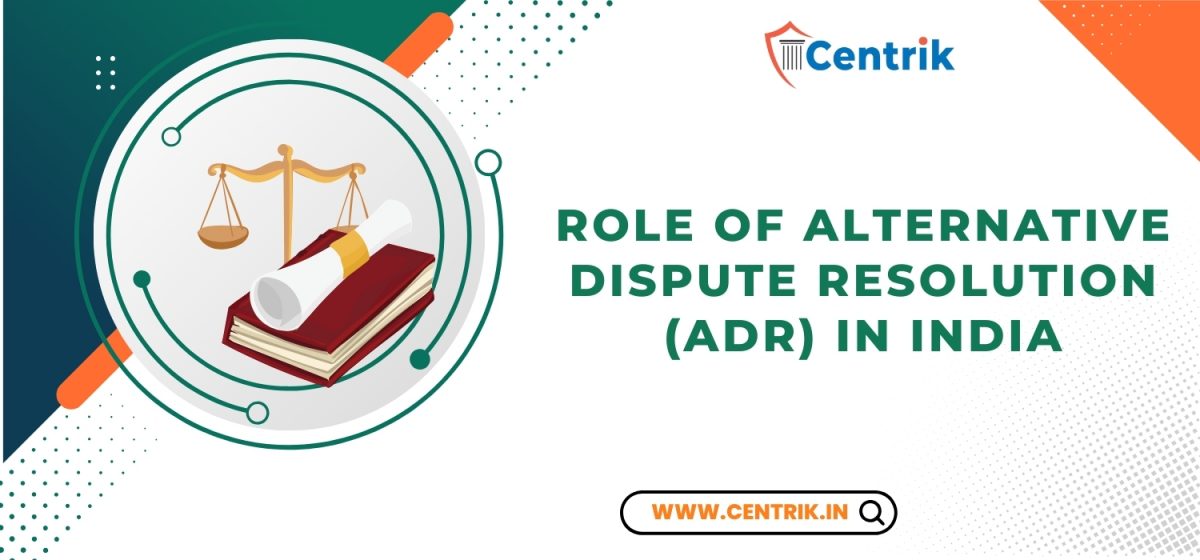
Alternative Dispute Resolution (ADR) is a technique to resolve disputes and disagreements between the parties by arriving at an amenable settlement through negotiations and discussions. It is an attempt to establish an alternative mechanism other than the traditional methods of dispute resolutions.

The designation and subsequent empowerment of an Insolvency Professional (IP) within the framework of a Corporate Debtor entail an array of responsibilities primarily focused on the effective management of the corporate entity.
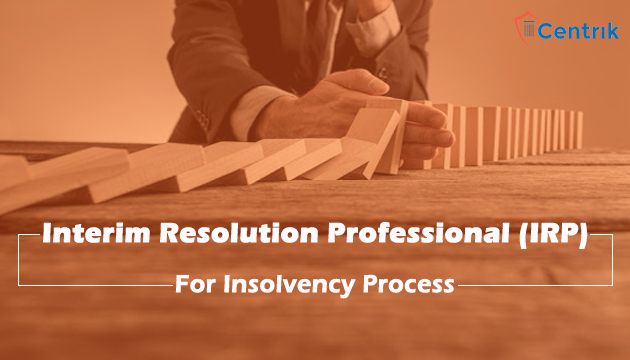
an Insolvency Professional having all the aforementioned requirements may be chosen as An IRP for the corporate debtor. However it may have an advantage over other IRP if the person had already dealt in that specific industry being an RP/IRP.

The former directors of the corporate debtor shall not merely provide the financial status of the corporate debtor but more than that so that they are aware of the terms to which they are bound.

If the resolution applicant wants to retain any of the directors of the corporate debtor the resolution applicant is allowed to retain if the plan proposes the maximum valuation of assets.

The officers and managers of the Corporate Debtor, shall report to Resolution Professional. They shall provide him all the documents or records as required by him in the course of his duties.

Initiation process of Insolvency Resolution by a financial creditor in the easiest possible manner along with the time line that is required to be followed.
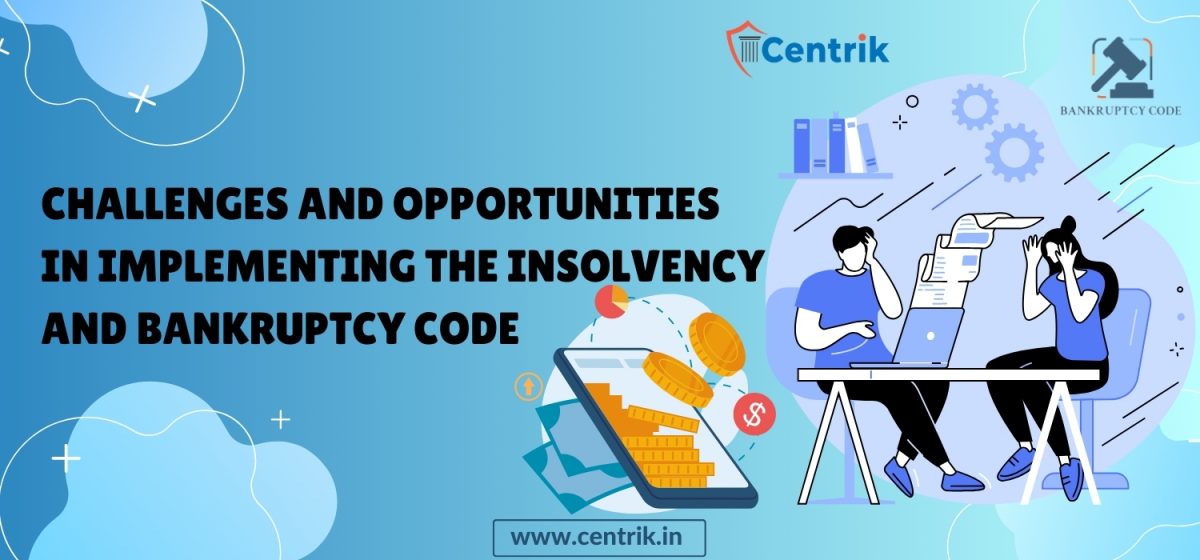
The Insolvency and Bankruptcy Code, 2016 (IBC) marks a significant milestone in the realm of insolvency and bankruptcy resolution in India. With its passage by Parliament and Presidential assent on May 28, 2016, the IBC revolutionized the legal framework surrounding insolvency and bankruptcy.
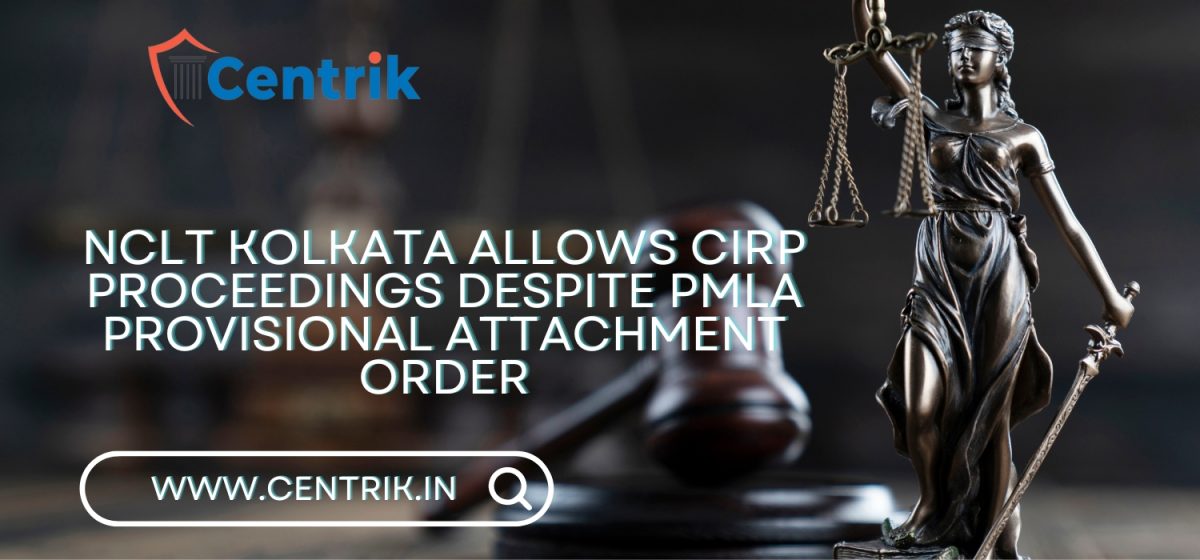
In a significant ruling, the National Company Law Tribunal (NCLT) Kolkata, comprising Smt. Bidisha Banerjee (Judicial Member) and Shri D. Arvind (Technical Member),

Delhi-based bench of NCLT passed an order by allowing a plea filed by the Residents Association for breach clauses of the agreement between the builder and the association, terming it as default.
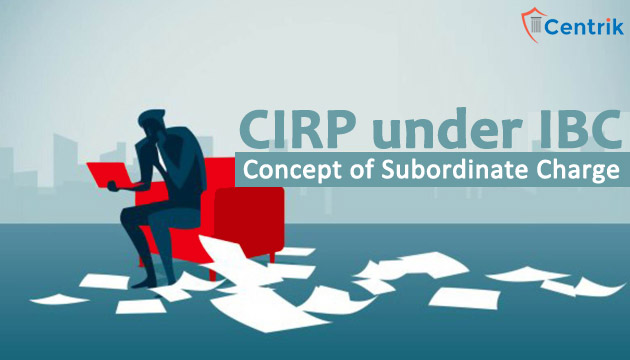
Introduction of Insolvency and Bankruptcy Code, 2016 has decreased the idea of Subordinate Charge as Form H and Section 53 of Insolvency and Bankruptcy Code (“IBC”) recognizes only secured creditors.
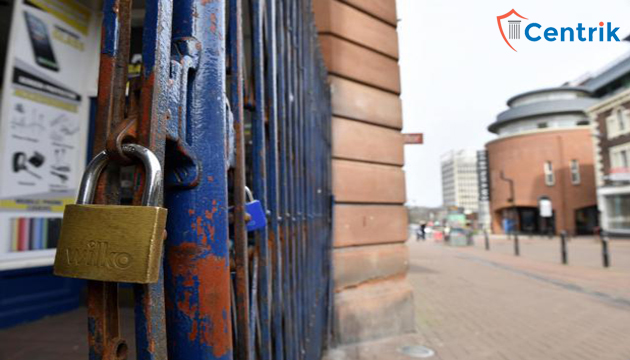
The period of lockdown imposed by the Central Government in the wake of COVID-19 outbreak shall not be counted for the purposes of the time-line for any activity that could not be completed due to such lockdown.















 join For Updates
join For Updates